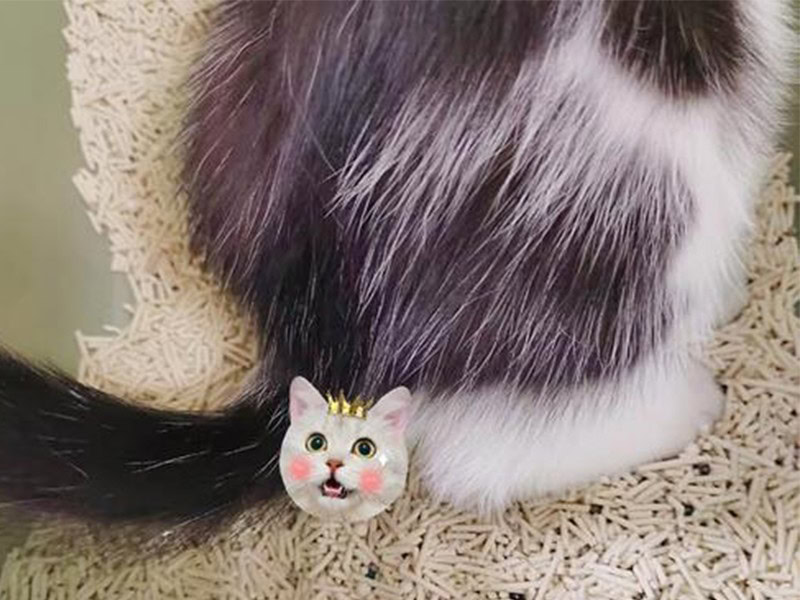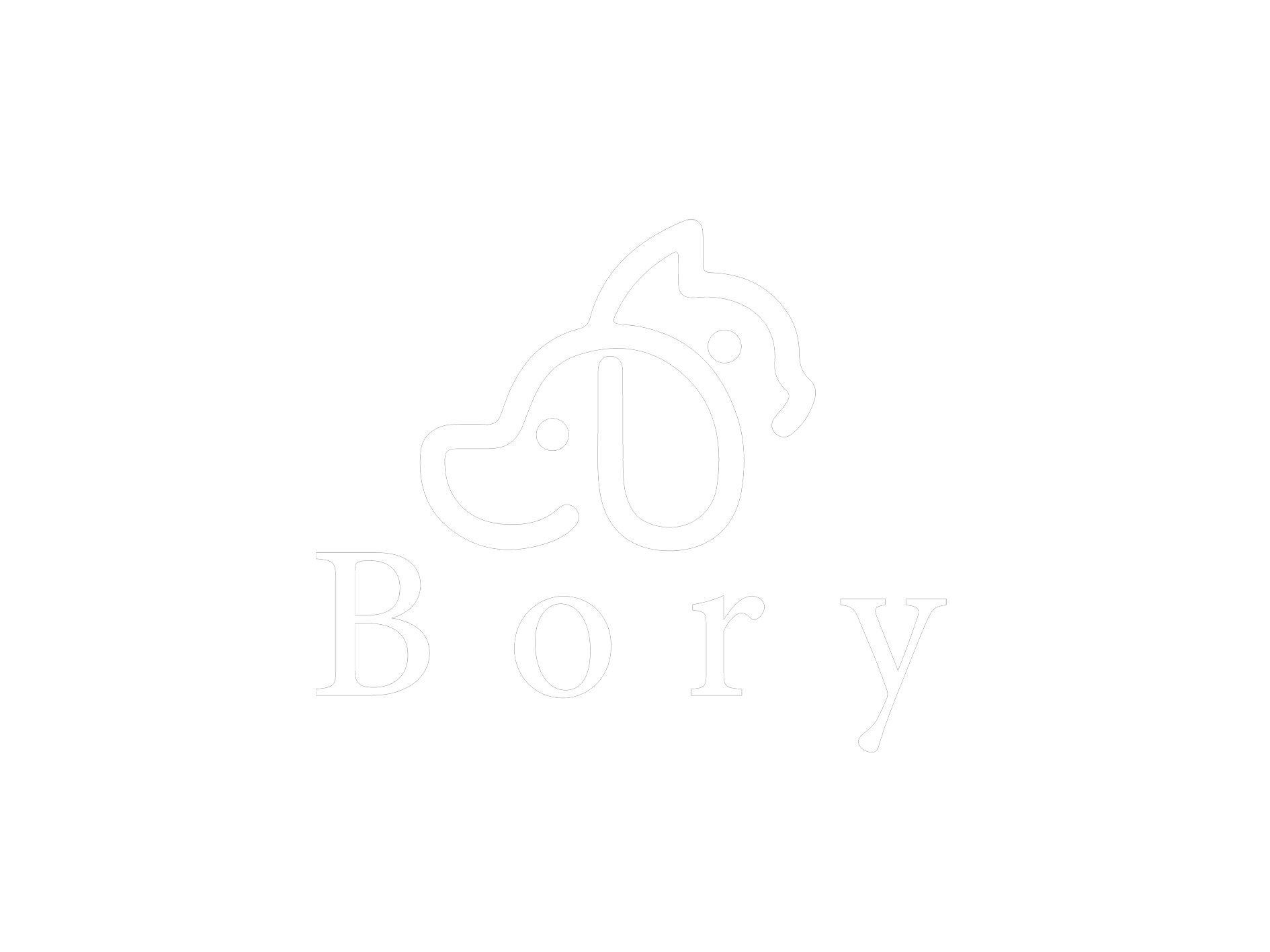
Ever puzzled what’s in your cat’s litter—and why some preferences work higher than others? Let’s destroy down the most frequent types, what they’re made of, and how that impacts you and your cat.
1.Clay Litter (Bentonite)
What it’s made of: It’s no longer just any dirt—this is bentonite clay, a exceptional kind of mineral that’s incredible absorbent.
How it works: When your cat pees on it, the clay soaks up the liquid and varieties tight, challenging clumps. You can scoop these clumps out easily, leaving the relaxation of the smooth litter in the box.
The good: It’s low-priced (great for finances shoppers), you can discover it at relatively a great deal any grocery or pet store, and most cats go loopy for the sandy texture—it feels simply like digging in dirt, which is herbal for them.
The bad: It can be honestly dusty—bad information if you or your cat has allergies. It’s additionally heavy to elevate domestic from the store, and considering it’s a mined mineral, it’s now not eco-friendly at all.
2.Crystal Litter (Silica Gel)
What it’s made of: Those tiny, colorful beads? They’re silica gel—same stuff you locate in little packets interior new footwear or purses (to hold matters dry).
How it works: Instead of clumping, the gel soaks up urine like a sponge. When it’s full, it turns yellow, so you can inform when it’s time to stir or change it.
The good: It lasts weeks (way longer than clay), controls odors genuinely well, and there’s nearly no dust. Perfect if you hate altering litter often.
The bad: The texture is bizarre for some cats—those challenging beads sense extraordinary beneath their paws, and some will refuse to use it. It additionally makes a crunchy noise when your cat steps on it, and it’s greater luxurious than clay.
3.Pine/Wood Litter
What it’s made of: It’s primarily leftover wooden bits from sawmills—think sawdust or small timber shavings pressed into pellets. No waste here!
How it works: When it receives wet, the pellets spoil down into smooth sawdust. The pine additionally has a natural, woodsy odor that helps cowl up odors barring brought perfumes.
The good: It’s light-weight (easy to carry!), affordable, and definitely biodegradable—so when you throw it away, it rots naturally as an alternative of sitting in a landfill.
The bad: It doesn’t clump, so you’ll want a extraordinary sifting field to separate the moist sawdust from the dry pellets. Also, some cats don’t like the pine smell—they may flip up their nostril at it.
4. Tofu Litter
What it’s made of: It’s made from leftover soybeans (like the bits that aren’t used for tofu) blended with corn starch to assist it clump.
How it works: It varieties soft, easy-to-scoop clumps when wet. And seeing that it’s plant-based, it’s secure if your cat nibbles a little (great for curious kittens).
The good: It’s low-dust (good for allergies), some manufacturers let you flush small clumps down the toilet, and it breaks down naturally—kind to the planet.
The bad: The clumps can stick to the backside of the litter field (you’ll want to scrape a bit), it’s greater costly than clay, and on occasion it attracts bugs (thanks to the plant ingredients).
5. Paper Litter
What it’s made of: Recycled paper—old newspapers, cardboard boxes, or even paper bags—shredded or pressed into small pellets.
How it works: It soaks up urine well, however it doesn’t structure strong clumps. You’ll generally scoop out poop and change the litter extra often.
The good: It’s terrific soft—perfect for cats with sore paws (like after surgery) or tiny kittens. It’s lightweight, definitely dust-free, and considering that it’s recycled, it’s eco-friendly.
The bad: Scooping is messy (the paper can fall apart), odors come lower back quick (you’ll want to trade the entire container often), and it doesn’t preserve up properly with more than one cats.
Why Cat Litter Has Changed Over Time
It wasn’t constantly this varied! Back in the 1940s, humans simply used sand or ashes for their cats—messy, smelly, and no longer awesome at controlling waste.
Then in 1947, a man named Edward Lowe commenced promoting dried bentonite clay as “cat litter”—it used to be way higher than sand, but nonetheless dusty.
The massive game-changer got here in 1989: clumping clay litter hit stores. For the first time, you may want to scoop out simply the waste as a substitute of dumping the whole box—total time-saver.
Now, we have all these herbal selections (pine, tofu, paper) due to the fact humans desired some thing higher for cats with hypersensitive reactions and kinder to the environment.
How to Pick the Best Litter for Your Cat
It’s no longer simply about what you want—your cat’s wants count number most:
Sick cats or kittens: Go for paper or tofu litter. It’s smooth (no sore paws) and protected if they by accident consume a little.
Allergies at home: Choose pine, paper, or crystal litter—they’re all low-dust, so no extra sneezing.
Want much less work?: Clumping clay or crystal litter is best. You scoop less, and crystal lasts for weeks.
Eco-conscious?: Wood, paper, or tofu—they biodegrade, so you’re now not including to landfills.
And continually watch your cat! If they begin peeing outdoor the box, scratching the litter aggressively, or averting the field altogether—they possibly hate the texture or smell. Try a one-of-a-kind type—cats are picky, and it may take one or two tries to locate their favorite.
